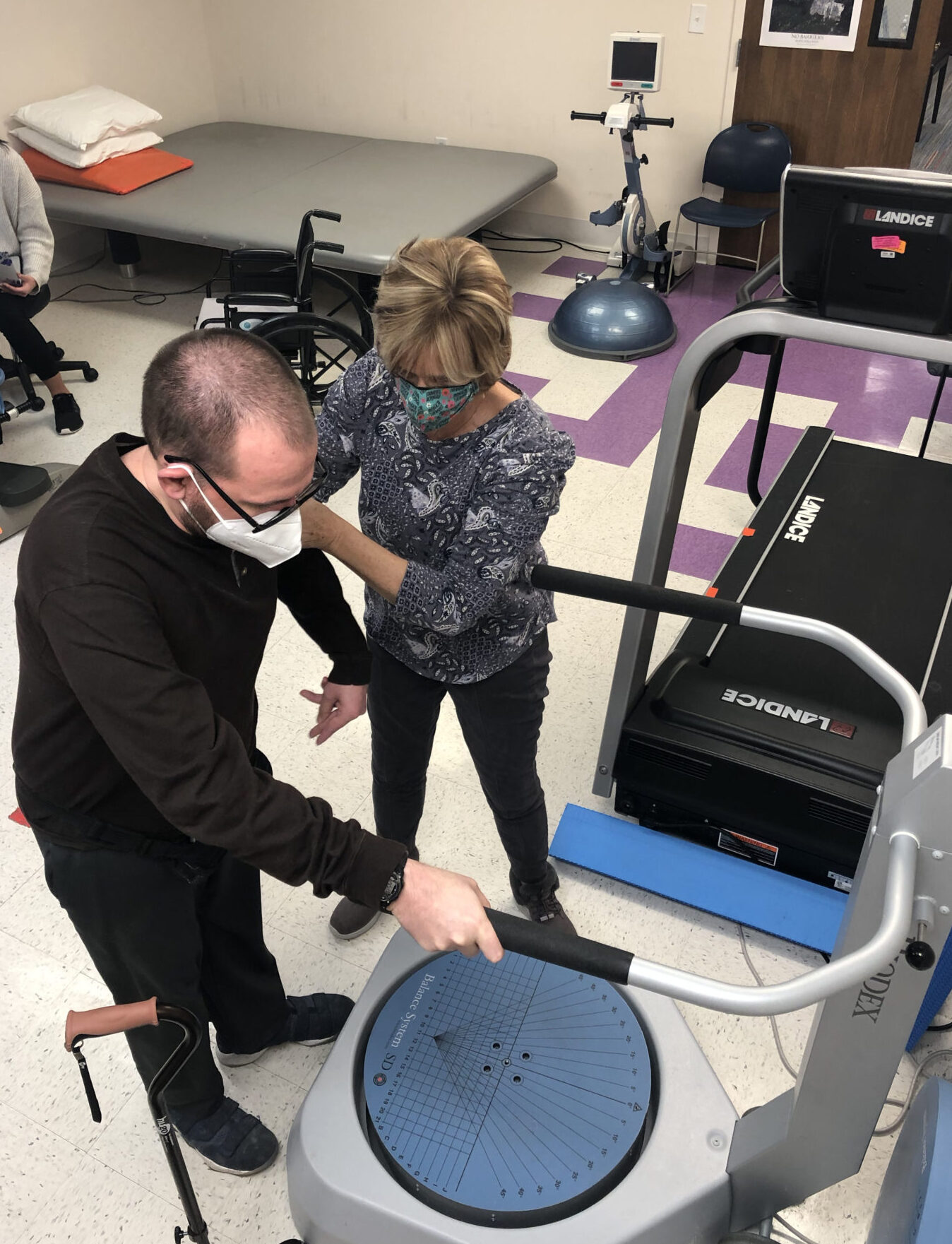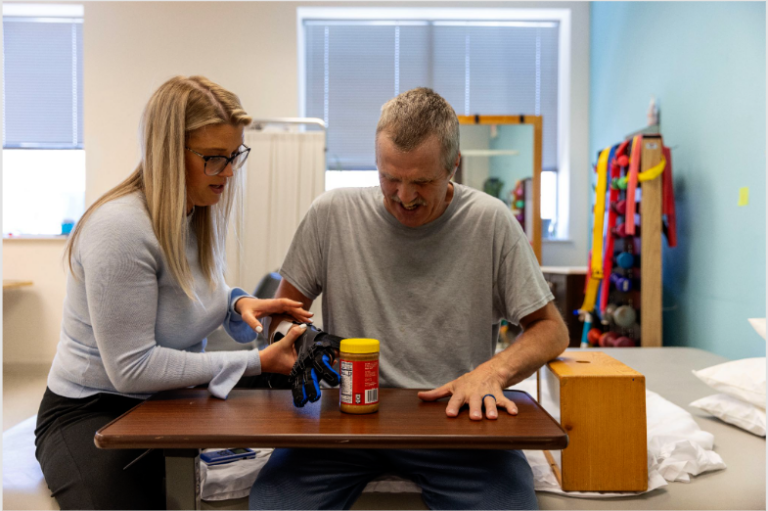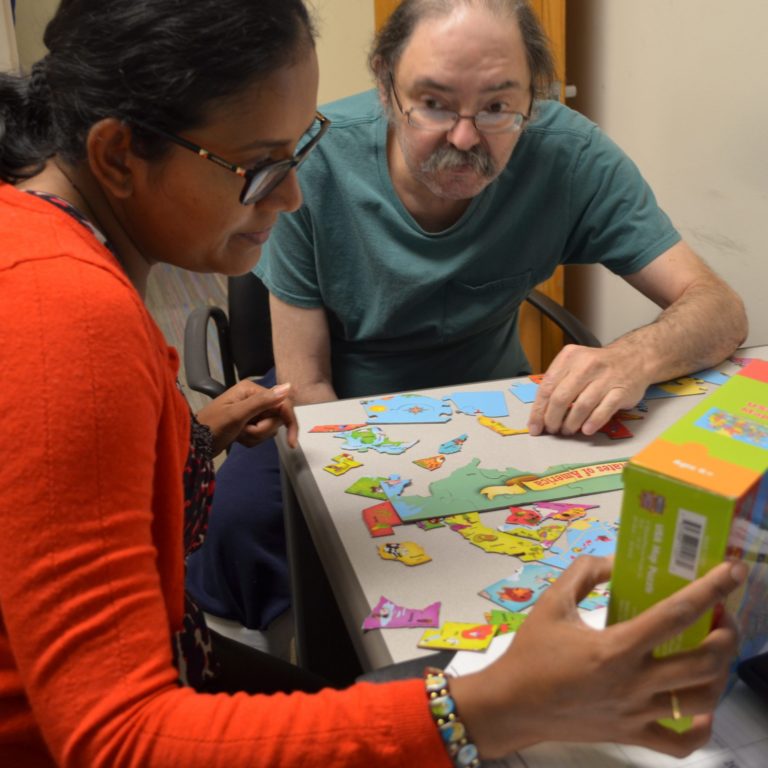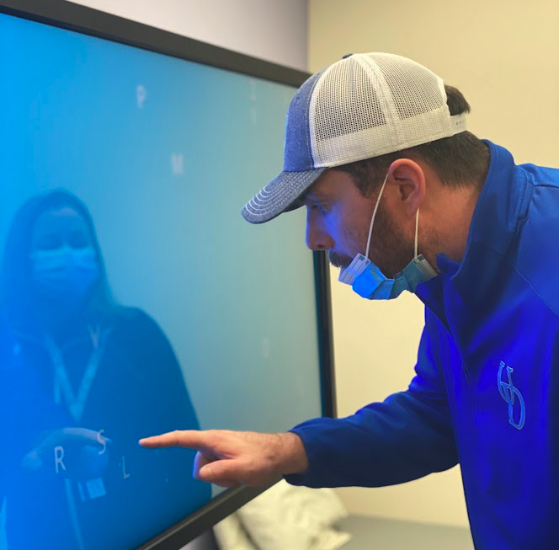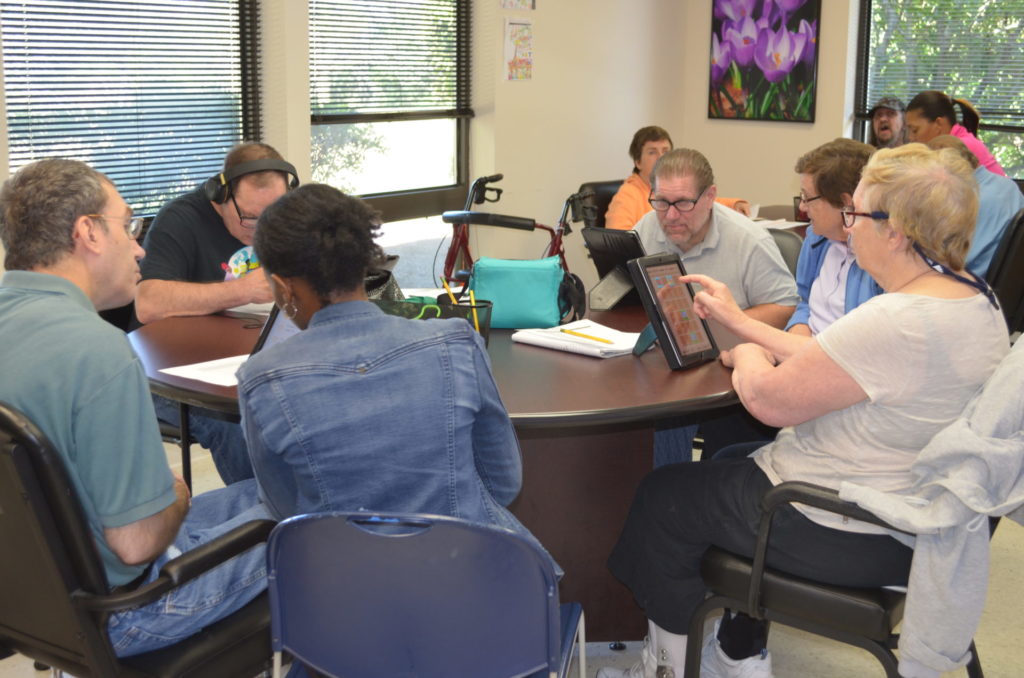Anoxic or Hypoxic Brain Injury
Home » Conditions Treated » Anoxic or Hypoxic Brain Injury
Overview
An anoxic or hypoxic brain injury occurs when the brain doesn’t get enough oxygen, which results in damage to the organ.
Anoxic brain injuries are caused by a complete lack of oxygen to the brain, which kills brain cells after about four minutes. Hypoxic brain injuries are caused by a restricted flow of oxygen to the brain, which gradually damages and kills brain cells.
These types of brain injuries are often caused by a sudden event – such as a stroke or heart attack –that prevents enough oxygen-rich blood from getting to the brain. But they can also result from more subtle health issues. For instance, sleep apnea (reduced breathing during sleep) and smoking-related conditions can lead to hypoxic brain injuries.
A lack of oxygen reaching the brain is a medical emergency, and every moment counts. The sooner someone receives treatment, the better their chance of recovery.
Anoxic and hypoxic brain injuries can cause a wide range of disabilities or death. But people can also regain many or even all of their former abilities, depending on their specific situation. And an array o rehabilitation options can help both survivors and their families move forward with their lives.
Contact Us
To make a referral or schedule an appointment call 844-234-8387
Causes of anoxic or hypoxic brain injuries include:
- Stroke
- Heart attack, cardiac arrest, or cardiac arrhythmia
- COPD (Chronic obstructive pulmonary disease)
- Acute respiratory distress syndrome from infection or other causes
- Obstructive sleep apnea (signaled by frequent snoring, feeling unrested)
- Severe, untreated asthma
- Poisoning from carbon monoxide or certain toxins
- Drug/opioid overdose
- Suffocation, choking, or near-drowning
- Chest trauma
- Massive bleeding
- Chronic anemia
- Electrical shock
In addition, heart-disease risk factors – such as high blood pressure, high cholesterol, obesity, and diabetes – can increase a person’s risk for anoxic or hypoxic brain injury.
Symptoms
The first symptom of an anoxic or hypoxic brain injury is often unconsciousness. The person may become comatose or appear awake but unresponsive. These states can vary in length, depending on the injury and other health factors. If the injury is severe, the person may remain in a vegetative state.
Other effects of anoxic or hypoxic brain injury are similar to those of Traumatic Brain Injury. They can differ widely from person to person, based on the extent and area of the damage.
These symptoms may not appear right away, but may emerge days or weeks after the injury.
- Headache
- Confusion
- Balance and coordination problems
- Convulsions or seizures
- Trouble with memory, concentration or thinking
- Personality changes or mood swings
- Slurred speech or trouble communicating
- Difficulty swallowing
- Muscle weakness, numbness, or impaired movement
- Blurred vision
- Changes in sensory perception
- Hallucinations or delusions
- Changes in sleep pattern
- Incontinence
- Changes in sexual function
When to See a Doctor
Seek emergency medical care for any loss of consciousness or unresponsiveness, even if brief as well as any signs of stroke, heart attack, lack of oxygen, or other brain-injury causes listed above.
If you notice any other symptoms of brain injury, seek prompt medical attention.
Evaluation
Initially, most patients go to a hospital emergency room. They will be evaluated by a neurologist and receive an MRI and/or CT scan to help diagnose their condition. They may be seen by other specialists, as well, depending on their symptoms.
Once the person’s medical condition is stable, they may receive assessments to help determine their rehabilitation needs. These can include:
- Neuropsychological evaluation, a comprehensive, non-invasive test of a person’s mental abilities and mood, including attention and concentration, learning and memory, planning and abstract thinking, language and communication, motor and sensory functions, academic skills, and other intellectual abilities. The test is done through a questionnaire and typically takes four to six hours.
- PT/OT/SL evaluations to determine the person’s needs for physical therapy, occupational therapy, and/or speech and language therapy.
- Independent medical examination to determine the cause, extent and medical treatment of a work-related or other injury.
Treatment
Anyone with signs of anoxic or hypoxic brain injury needs medical attention right away. Brain cells start to die after just a few minutes without oxygen, so every moment counts.
Initially, medical professionals will work to stabilize the person and prevent further harm. Treatment will be based on the cause – whether a heart attack, stroke, trauma, or other incident – and will work to restore good oxygen flow to the brain and body. For people with carbon monoxide poisoning, in particular, hyperbaric oxygen therapy can be especially effective in reducing potential brain damage.
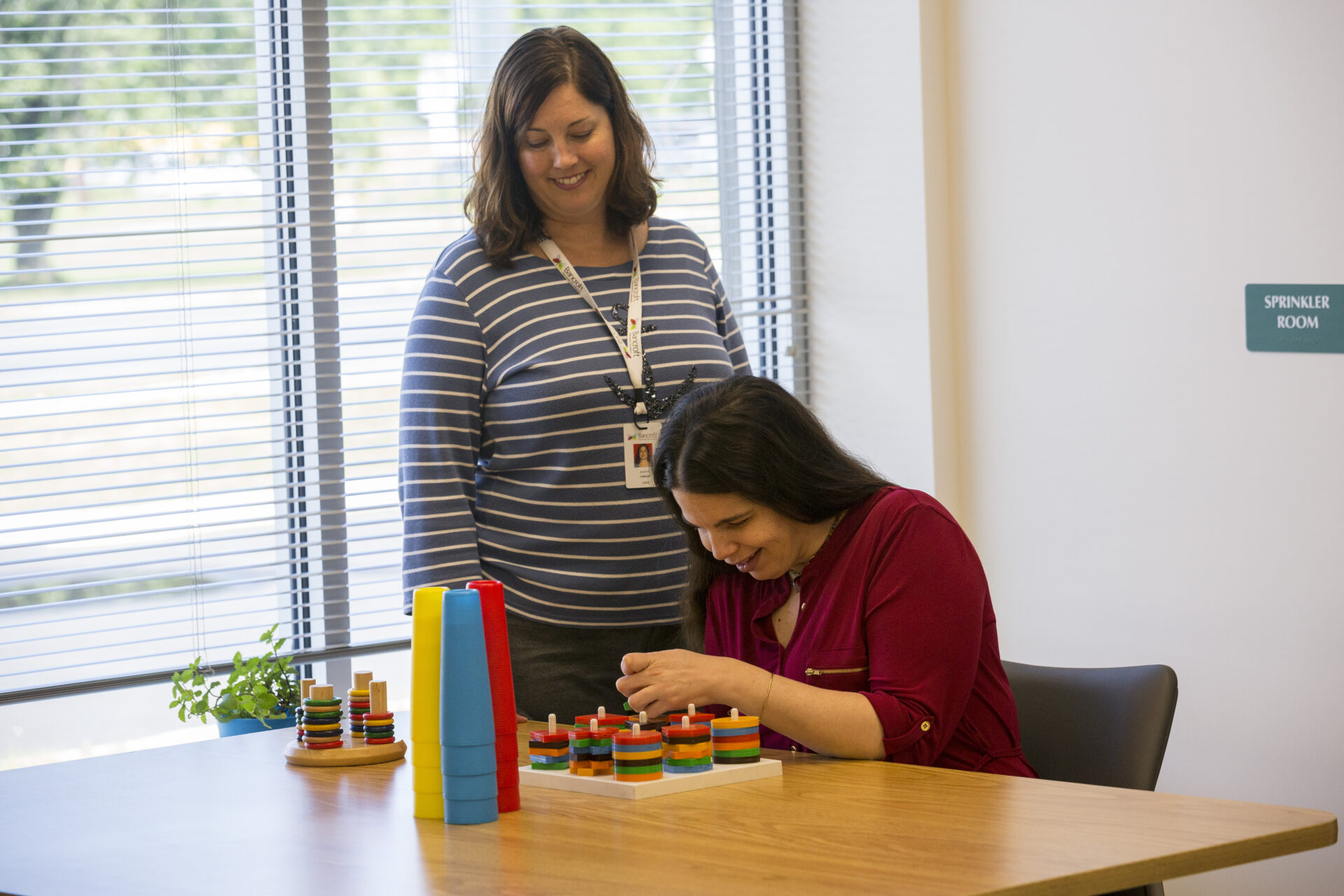

Survivors usually need rehabilitation, which involves therapies tailored to the individual’s specific needs, abilities and interests. Together, these services can help survivors regain abilities and achieve a more fulfilling, active life. These treatments can include:
Residential rehabilitation, which provides supervised living in the community, with staffing based on the person’s needs. Services can include behavioral programming, social supports, and support and training in daily living skills such as personal care, household management, health and medical care, grocery shopping, money management and budgeting.
Therapeutic day programs, including individual and group programs that engage in a variety of daily living, vocational, social and recreational activities, designedto help people regain abilities and improve their quality of life. Programs can address communication, thinking skills, back-to-work transition, behavioral issues, community participation, and need for supports or accommodations.
Physical therapy, which restores mobility and improves muscle tone, balance, strength and endurance.
Occupational therapy, which restores skills needed to function successfully at home, work or school.
Speech and language therapy, which improves communication skills and/or swallowing.
Physiatry, a form of physical medicine that helps patients overcome pain, weakness or disability, and enhances their independence and functioning.
Psychotherapy, which aids in adjustment to the TBI, awareness of deficits, redevelopment of social skills, maintaining of relationships, and education regarding the TBI.
Vestibular therapy, which improves balance and reduces dizziness through exercise.
Vocational rehabilitation, including restoration of job skills and assessment for return to work. Therapists works with both survivor and employer to support the survivor’s re-employment, including onsite job training and job coaching.
Neurology, which addresses any new or ongoing symptoms related to the brain or nervous system.
Nursing services, which address any medical conditions caused by the brain injury and/or other health issues. Nurses provide medical management of these conditions, oversee medications, and work closely with the survivor’s primary-care provider, neurologist or other specialists.
People may also need other forms of rehabilitation related to the cause of their brain injury. For instance, if the injury was caused by a heart attack, the person will likely need cardiac rehabilitation. If the brain injury was caused by sleep apnea, the patient may need a CPAP machine – a device used while sleeping to ensure sufficient breathing.
Recovery from an anoxic or hypoxic brain injury is often slow and unpredictable, and many patients do not fully return to their previous capabilities. But love and support from family members, coupled with a skilled and compassionate rehabilitation team, can help survivors make greater strides in their recovery.

